The Best CrossFit Shoes
Our pick of the best CrossFit shoes to help you smash your WOD, plus what to look for when buying
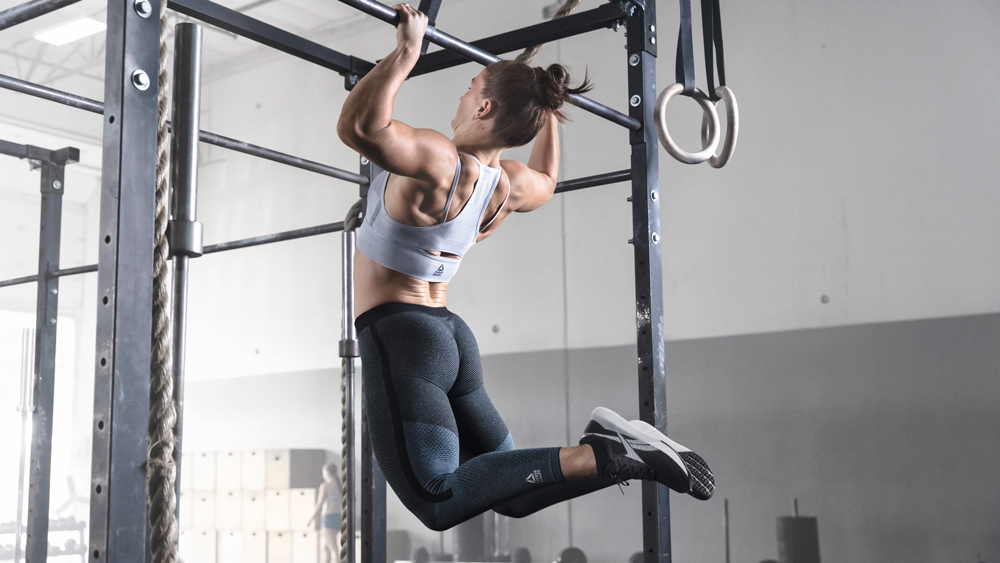
Is anything more demanding on footwear than a CrossFit workout? Your CrossFit shoes have to cope with a lot, because of the varied and challenging nature of the HIIT-meets-lifting workouts with running and calisthenics thrown in. That means you need elements from the best gym trainers, the best weightlifting shoes and even the best running shoes. When you’re crushing your workout of the day (WOD), the last thing you want to be thinking about is your shoes, so it pays to make sure they’re up to the job.
“Versatility is the key factor when it comes to shoes for CrossFit,” says Nico Salton, head coach at CrossFit London. “Your shoes need to be cushioned enough for running, box jumps and burpees, yet stable enough for lifting.”
What else should you look for when buying CrossFit shoes? “The shoe should have a large toe box so your toes can spread out when lifting,” says Salton. “The heel needs to slide well on the wall during handstand push-ups and the side of the shoe needs to have a rugged texture to provide grip during rope climbs.”
To help you find your perfect WOD footwear, we’ve tested a selection of the best CrossFit shoes of 2023 including the latest NoBulls, Nanos, Metcons and more. Read on for our experiences of these popular CrossFit shoes, and their strengths and weaknesses, so you can choose the right pair for you.
The Best CrossFit Shoes
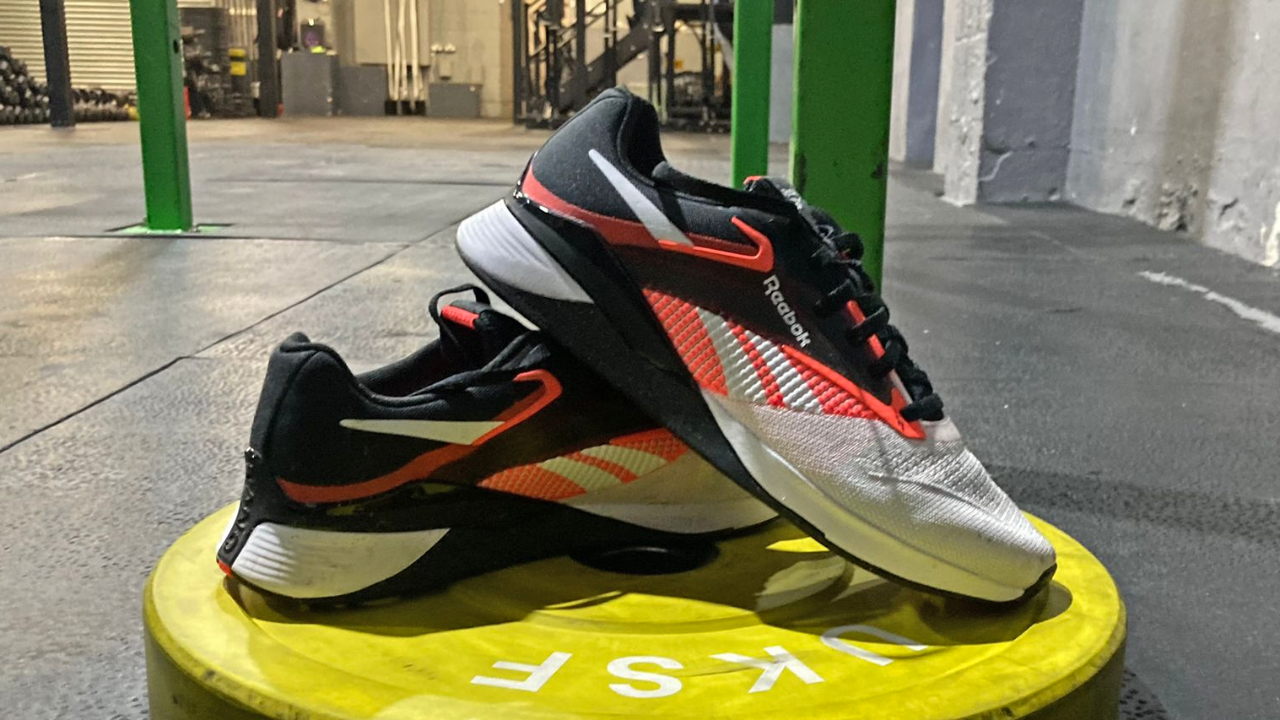
Specifications
Reasons to buy
Reasons to avoid
The Reebok Nano X4 is the 14th iteration of the CrossFit shoe and it might just be the best yet. Reebok has fine-tuned the Nano X3’s impressive Lift and Run chassis system—a dome in the heel that compresses for stability when lifting and expands for support during explosive exercises—and added a redesigned TPU heel clip for extra support.
The result? During two weeks of testing the X4 I found it a versatile shoe that felt springy during explosive exercises while providing solid foundations for heavy barbell work. The new heel clip works wonders too. My main complaint about its predecessor was its lack of lateral stability in the heel, but with the X4 I felt secure during the catch of a split jerk or snatch.
The upper has been redesigned with a new Flexweave knit for breathability. This material gives the impression of being more durable than the X3’s more fabric-y weave and my feet felt like they had more room in the toe box than before. Despite this, the shoe still locked my heel in place effectively (unlike several other CrossFit shoes I’ve tested), so there was no unwanted movement during running, rowing and burpees.
Reebok is back to its best with the Nano X4, delivering a serious contender for the best CrossFit shoe on the market.
Read more in our Reebok Nano X4 review
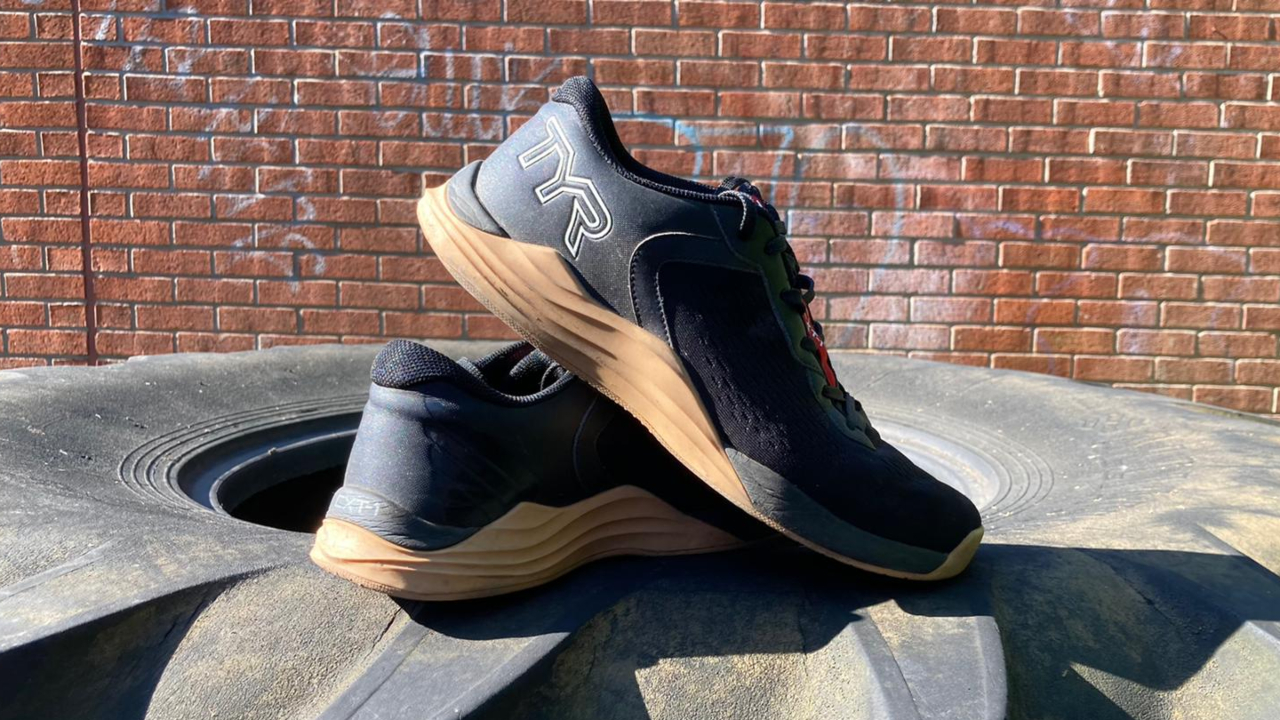
Specifications
Reasons to buy
Reasons to avoid
TYR has upset the NoBull/Nano/Metcon monopoly since entering the CrossFit space in 2022. Not only has the brand signed top athletes like Pat Vellner and Noah Ohlsen, it’s also made a barnstorming CrossFit shoe that does more than hold its rivals’ feet to the fire.
It took me a week or two to break the TYR CXT-1 in, but after three months of wearing it I was well and truly won over. The mysterious yet effective patent-pending “stability platform” is excellent, providing a solid base for sticking the landing on Olympic lifts. The breathable upper earned top marks too, offering a snug fit without putting any unwanted pressure on my feet.
There is a thin layer of midsole foam to make mid-WOD runs more comfortable, but I didn’t feel any unwanted compression during heavy squats and deadlifts. The result? Premium power transfer when gunning for a new one-rep max or performing plyometric exercises during a metcon.
There are several thoughtful extra touches, including raised rubber around the midfoot for greater grip during rope climbs and a heel tab for smooth handstand push-ups. There is even a rubber toe bumper to reflect the emergence of wall walks in the sport.
There was some wear to the heel lining after my testing, but that is my only criticism of what has become my favorite CrossFit shoe.—HB
Read more in our TYR CXT-1 Unisex Trainer review
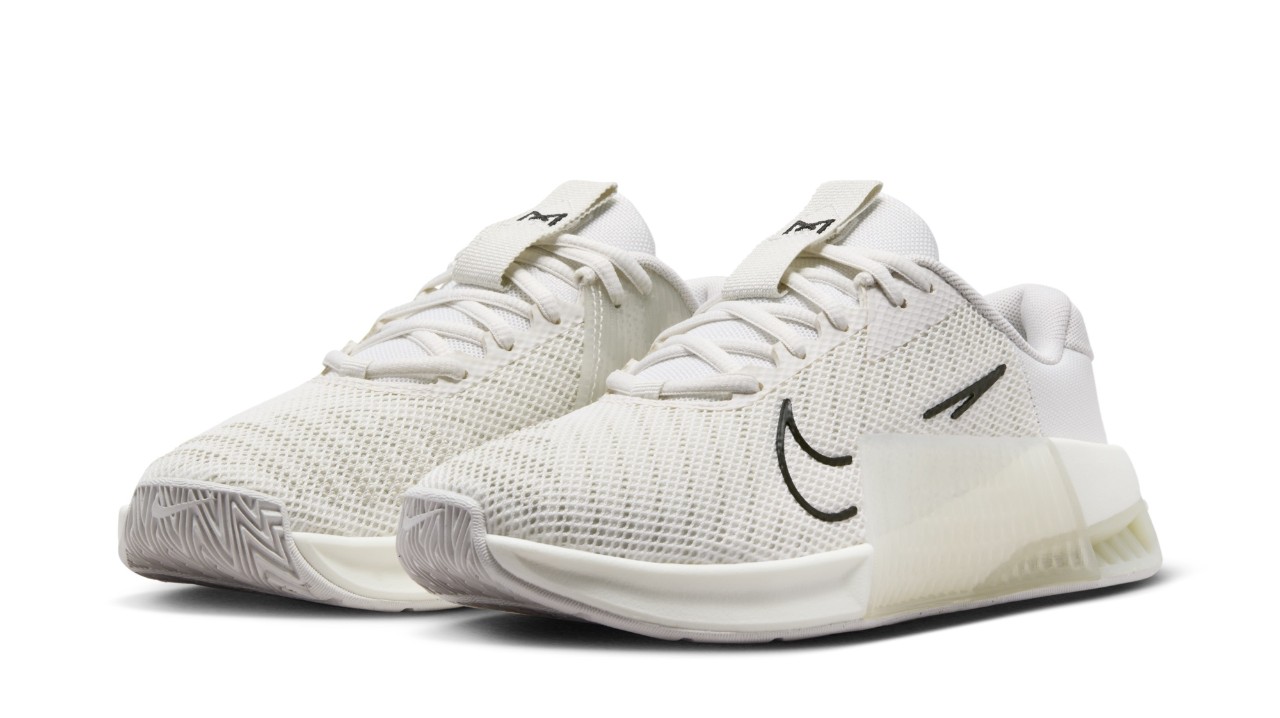
Nike Metcon 9
Our expert review:
Specifications
Reasons to buy
Reasons to avoid
This is a great training shoe for many people, though it will appeal predominantly to those who want a shoe for weightlifting or strength training. Why? Because the Metcon 9 provides stability similar to that of a dedicated weightlifting shoe, and in my experience of CrossFit shoes, it’s unmatched in that. This is largely thanks to the Hyperlift plate in the heel, which is designed to force weight down while adding rigidity.
In my first lifting session in the shoe I hit heavy squats and cleans, and found the Hyperlift plate smashed both of these briefs. The shoe has a wide, flat base that delivers a satisfying slap when you catch an Olympic lift, and firm foundations for squat PRs. However, there are issues of concern for me.
The shoe is incredibly rigid and took some time to break in. Even after I’d been wearing it for a few weeks the sides still felt unyielding. This contributed to the stability, but I found it uncomfortable and unnatural during lively WODs where fast feet were paramount.
The Hyperlift plate in the heel also meant limited cushioning for plyometric exercises, like box jumps, while the shoe’s sizable silhouette felt clunky when I was trying to move quickly. I’ve spoken to loyal Metcon wearers, and the rigidity is part of the reason they choose this shoe—that and its impressive performance during rope climbs, thanks to the prominent rubber wrap around the midfoot. For me, though, the stiffness of the upper and inflexible sole felt unnatural during everything other than lifting.
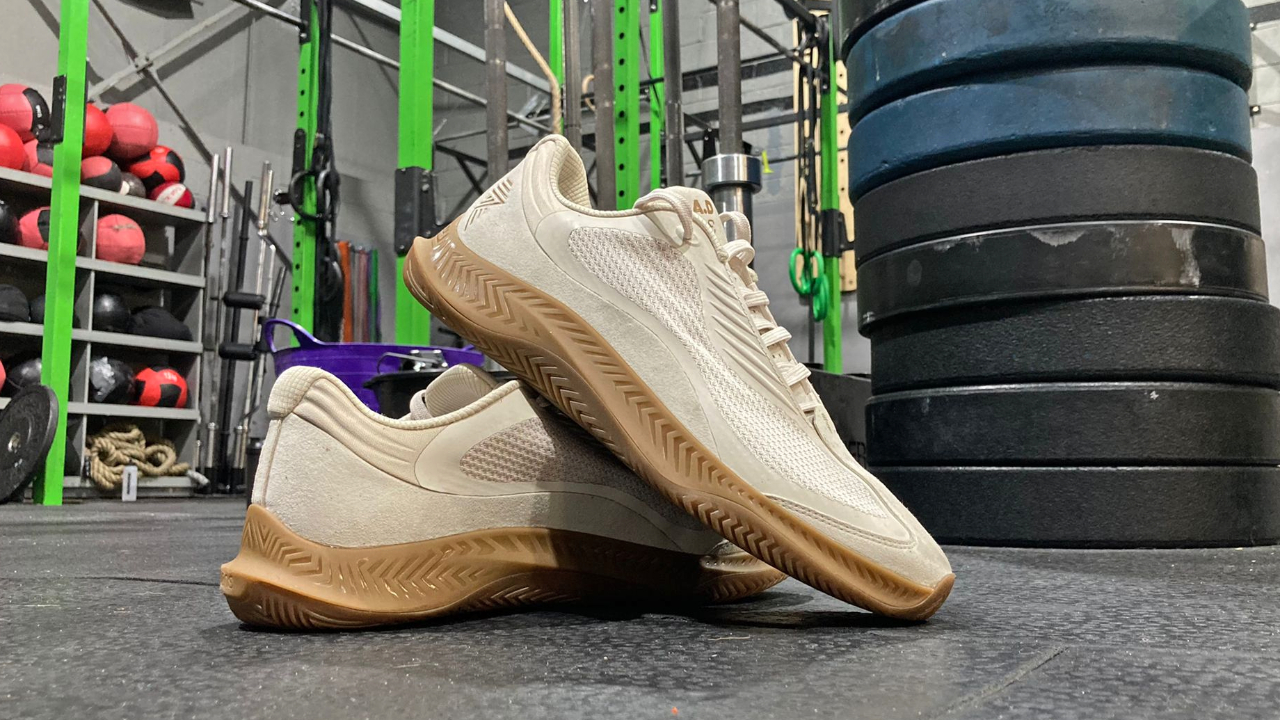
Specifications
Reasons to buy
Reasons to avoid
This is easily the best-looking CrossFit shoe, and it’s one of the top-performing ones, too. It’s comfortable, with an upper that feels more like wearing a sock than a shoe, and the Swell Foam midsole provides a slim yet supportive layer of cushioning that feels lively during plyometric exercises.
I was most impressed during WODs—the more varied, the better. The shoe’s flawless comfort paired with its springy midsole made me feel fleet-footed as I bounced through box jumps and gymnastic exercises, and the heel locked my foot down to prevent any rubbing.
This impressive performance continued during short mid-workout running efforts, although the shoe fell a little short of rivals like the Metcon and Nano for the strength portion of my training.
It’s still a good training shoe for most lifts, and I could squat, deadlift, clean and snatch happily in the R.A.D One. It was only when I got to my top weights on exercises like the squat and clean that the shoe felt less stable than my usual TYR CXT-1 shoe, compressing slightly at the heel under the load.
I think this is a sacrifice worth making for the R.A.D’s exemplary performance during WODs, and shouldn’t deter you from what is an excellent CrossFit shoe.
Read more in our R.A.D One review
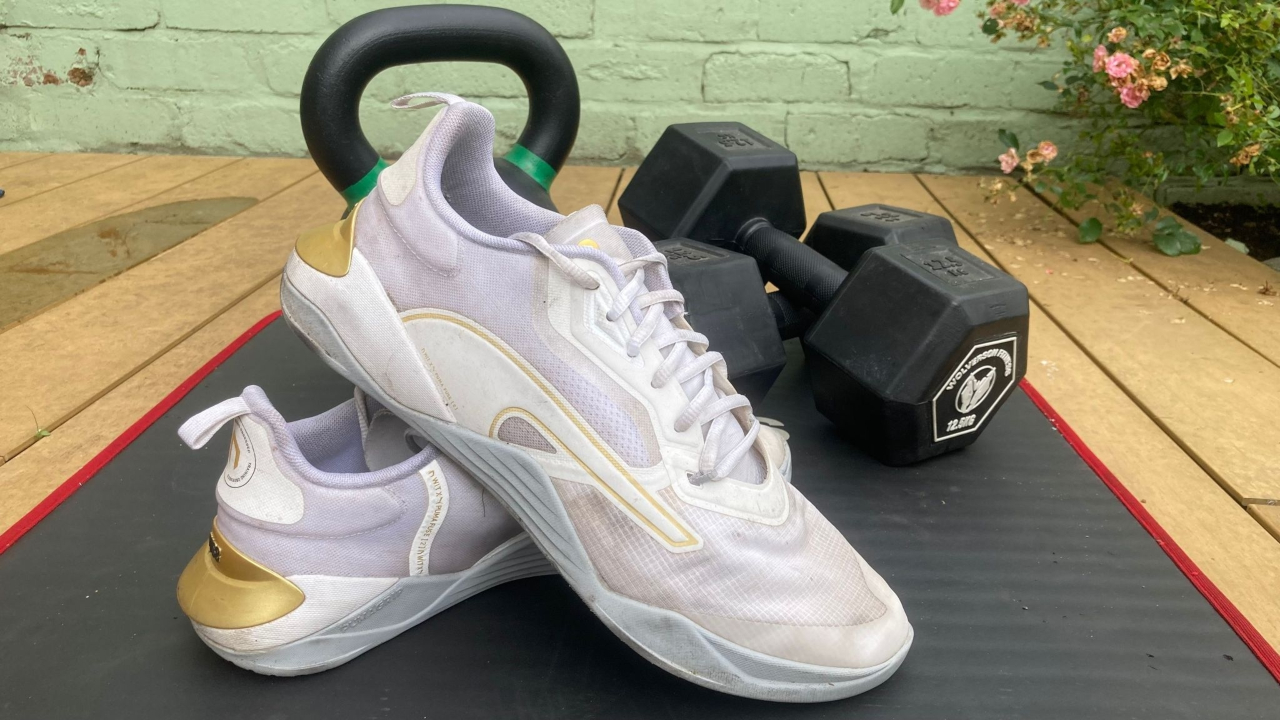
Specifications
Reasons to buy
Reasons to avoid
You’ll be hard pressed to find another pair of shoes on this list for under $100, but that’s the RRP of the Puma Fuse 2.0, and a quick web search reveals there are some decent discounts available on it.
It’s an impressively versatile shoe at a refreshingly reasonable price, which is something CrossFitters everywhere have been demanding for some time.
During a month of testing, I was won over by the comfort of the soft, breathable upper, which felt more like slipping on a sock than a shoe (more than once I found myself choosing to wear them around town or to walk the dog).
This, twinned with the flat and flexible outsole, gives it a natural feel not dissimilar to the Nano 6. There’s a wide forefoot too, which allowed me to spread my toes for balance during Olympic lifts and dynamic movements.
My only criticism is that I would have liked even more stability in the heel. While still better than most gym shoes, there was a tiny bit of sideways movement in the Puma Fuse 2.0 when landing snatches, and the midsole foam compressed a bit under heavier barbells.
But for metcons, these shoes were superb. I felt nimble on my feet through burpees and box jumps, while the heel tab and raised rubber around the midfoot boosted their durability during handstand push-ups and rope climbs.
My white pair didn’t stay white for long (the dog walks are partly to blame for that), and there was some damage to the heel lining after a few solid weeks of use, but the rest of the shoe still looked like it would last for many more months.
If you want a solid CrossFit shoe that beats most of its rivals on price, this is an appealing option.—HB
Read more in our Puma Fuse 2.0 review
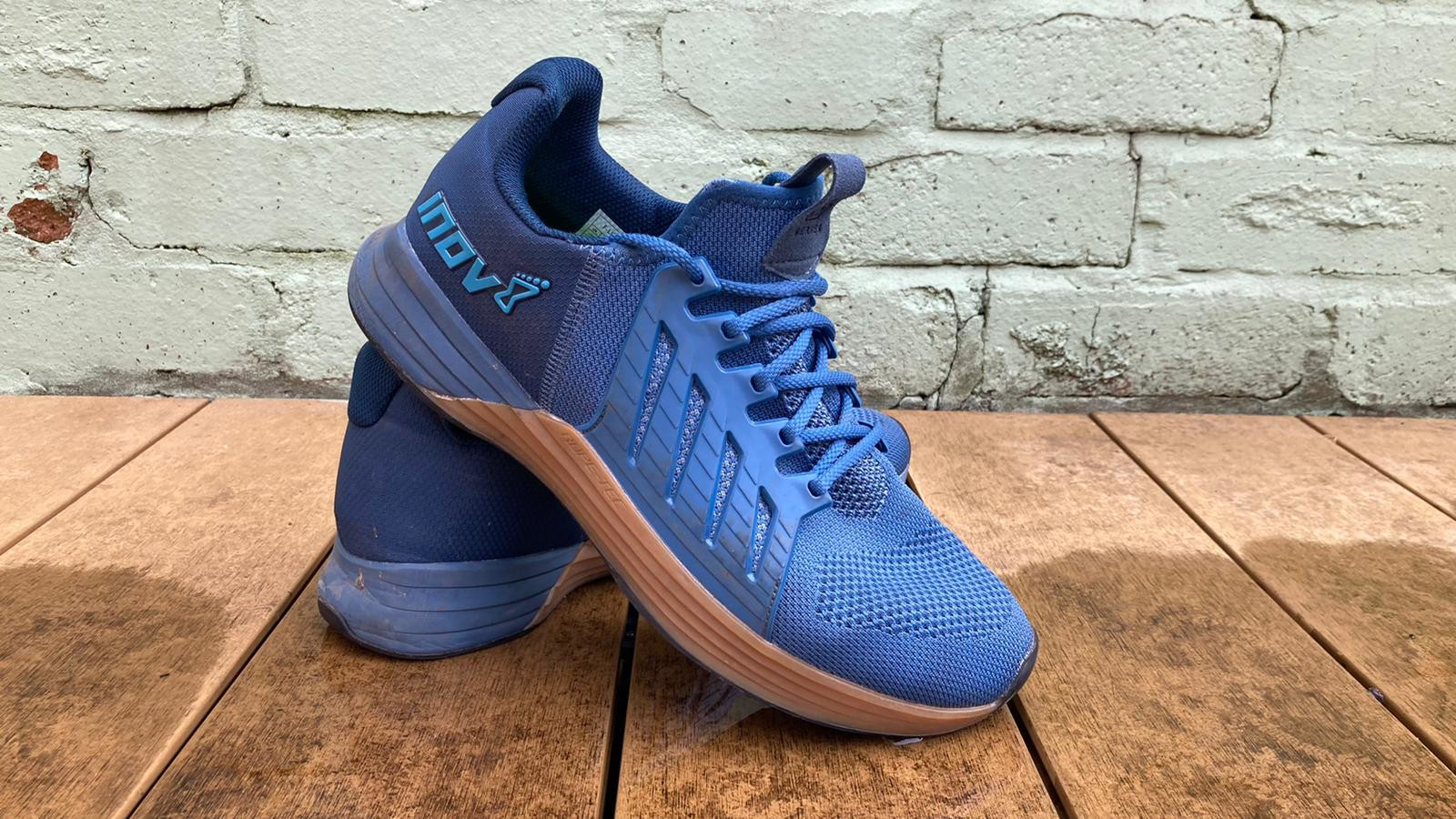
Specifications
Reasons to buy
Reasons to avoid
The Inov-8 F-Lite G 300 is one for the heavy lifters out there. Short of a designated weightlifting shoe, there’s no shoe I’d rather squat in.
“The Inov-8 F-Lite G 300 is my current go-to,” says Martin Fishwick of CrossFit Glasgow. “I can lift, run and jump easily in them. I find they’re a better all-rounder than the NoBulls and Nano Xs I had before. They’re comfy enough if you’re on your feet for long stretches of coaching, too.”
I tested the Inov-8 shoe for five weeks, and it never failed to get me excited to lift. It was a decent performer during metcons and HIIT workouts too, but wouldn’t be my top pick for either training style.
I found the wraparound midfoot cage offered a secure and adaptable fit. The shoe’s solid outsole bears a striking resemblance to those featured on lifters, and makes a deeply satisfying “slap” as you drop under a heavy clean, jerk or snatch. I also found it unfalteringly stable, with a wide forefoot and Graphene-infused powerheel offering excellent support, balance and power transfer from my feet to the ground.
At 10.5oz/300g, it’s one of the lighter shoes on this list, but I found that with the significant 14mm stack under the heel (and continued midsole height through the forefoot) it felt less nimble than more slimline shoes like the NoBull trainer.
The pay off though, is that the added support makes it comfortable for running short intervals. I felt a little bit of movement around my heel, although online comments agree this shoe is best suited to a wider foot rather than narrow ones like mine.
This is why I wouldn’t hesitate to suggest these shoes to anyone who has average-to-wide feet, and whose training tends to have a weightlifting bias.—HB
Read more in our Inov-8 F-Lite G 300 review
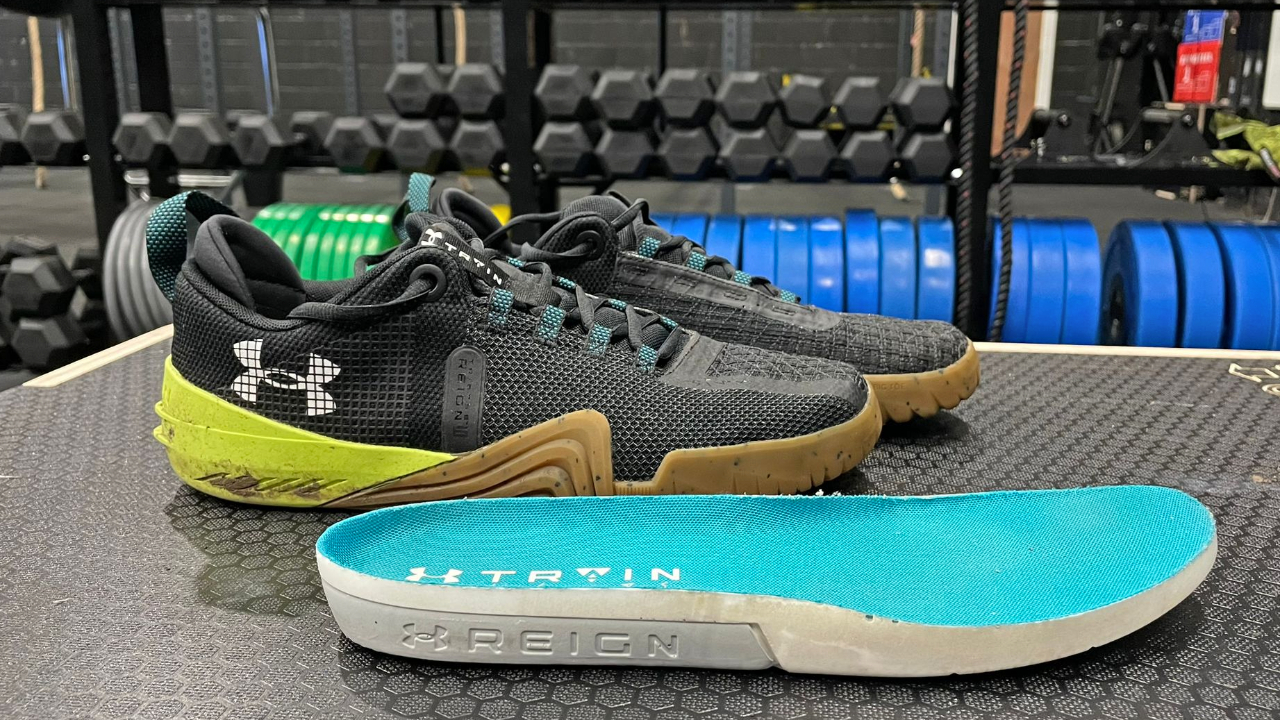
Specifications
Reasons to buy
Reasons to avoid
The Reign 6 is nothing like its predecessor or any other CrossFit shoe, and that’s not a bad thing. It has a thin outsole, with all cushioning coming from a dual-density insole. This is thicker and firmer under the heel, and thinner and lighter under the ball of the foot, giving a barefoot-esque experience in the middle and front of the shoe.
This may divide opinion, but I fall in the “for it” camp. The shoe provided great ground feel and stability, allowing me to transfer power effectively during heavy squats. The same applied during Olympic lifts, helping me feel confident in the catch position for snatches, cleans and jerks.
The limited cushioning was less enjoyable for running. The minimal support gave a natural feel that was fine for distances up to 400m, but anything over this and I would be looking to switch to my running shoes. However, I did like the Reign 6 for WODs. They’re a little on the heavy side but the close-to-the-ground feel was effective for generating power during plyometric exercises like box jumps. I also appreciated the raised rubber sidewalls, which provided welcome lateral support for multidirectional movements.
This shoe will likely split opinion in the CrossFit community. If it’s a cushioned ride you want, look to the Nano X4, but if you’re intrigued by barefoot shoes and want to try something similar, I highly recommend the Reign 6.
Read more in our Under Armour Reign 6 review
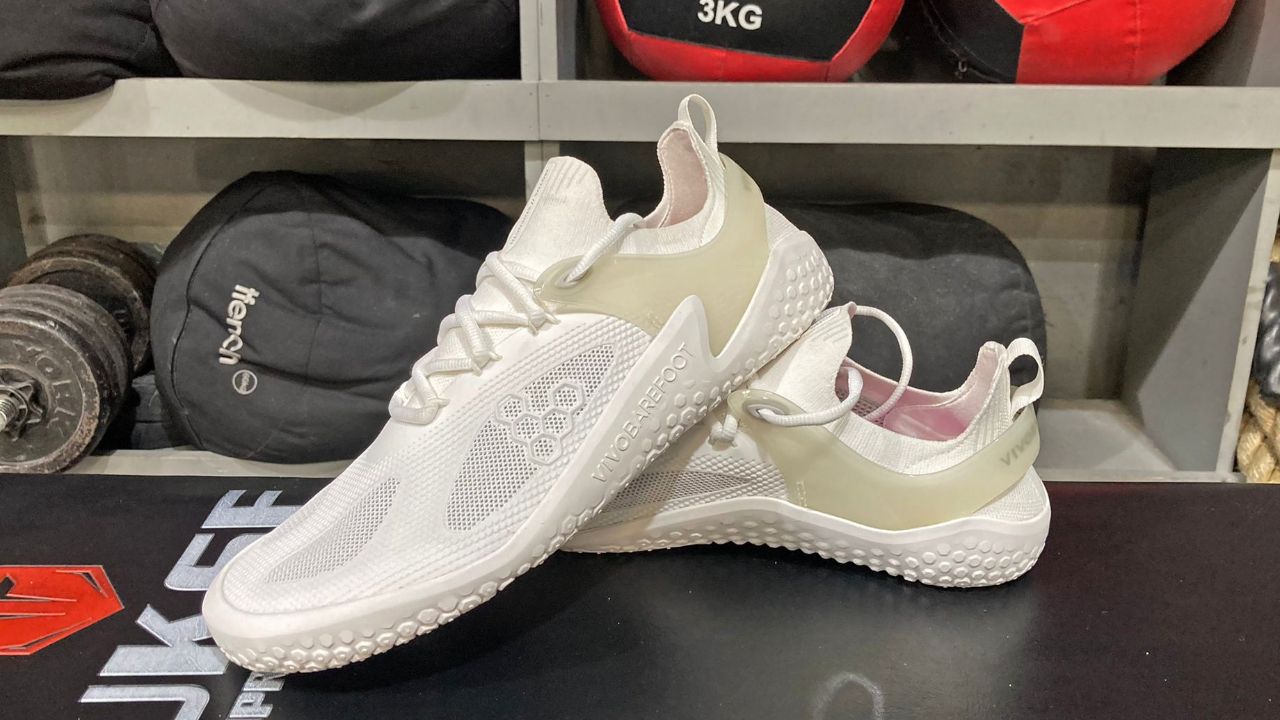
Vivobarefoot Motus Strength
Our expert review:
Specifications
Reasons to buy
Reasons to avoid
The Motus Strength is Vivobarefoot’s shoe specifically for strength training. It offers everything you’d expect from a barefoot shoe, including a razor-thin outsole, wide forefoot and the absence of any heel-to-toe drop. It also has added stability elements, including high midfoot sidewalls.
As a B Corp-certified company, Vivobarefoot prioritizes sustainable factors by using vegan materials and having an insole made from 98% recycled PU foam. The Motus Strength was a stark contrast to the CrossFit shoes I usually test. The shoes are comfortable and, as you’d expect, the ground feel is unrivaled but there’s also nowhere to hide as far as ankle mobility is concerned during squats, cleans and snatches. The 9mm drop on my regular TYR CXT-1 shoe usually helps out on that front.
The lack of cushioning takes getting used to, particularly during high-impact moves— though this is part of the appeal. If you’re going to take the plunge, make sure you transition carefully from your usual cushioned shoes. Take a look at our guide on how to transition safely to barefoot running for tips to get you started.

Specifications
Reasons to buy
Reasons to avoid
The NoBull Trainer tends to be a divisive topic in the CrossFit community. Some can’t get enough of it, while others wouldn’t wear a pair if you paid them. Personally, I like it, although I’ll readily admit there are a few holes in its game.
But let’s start with its strengths. It’s simple and effective. While CrossFit shoes usually look a bit busy with a patchwork of materials, textures and features, the NoBull Trainer features a one-piece abrasion-resistant upper that gives it a clean look and feel.
It’s pretty stiff to start with, but I found it softened up after a week or two and started to mold to my feet. It’s also incredibly durable, showing few signs of wear and tear after six months of consistent use.
The NoBull Trainer has a 4mm drop, but it feels even flatter, and the minimal midsole offers a responsive feel that I enjoyed during metcons. However, if you like plenty of cushioning to keep your knees happy during short runs and explosive movements, this isn’t the shoe for you. The shoe is also well suited to narrow feet like mine, so if you need a wider fit you may want to look at the Metcons or Inov-8s above.
Overall, I think this is a versatile option for CrossFit that looks good and is built to stand the test of time. But, before buying, re-read our NoBull Trainer review to make sure this polarizing shoe is right for you.—HB
CrossFit Shoe Buying Guide
What makes a good CrossFit shoe?
You can trust Coach
The best shoes for CrossFit will support you while lifting weights, performing plyometric movements and running short distances. They should have the following features:
Firm sole: Unlike the spongy soles of running shoes, CrossFit trainers should provide a firm platform underfoot. This gives a solid base for generating power during movements like squats and deadlifts, while adding stability during Olympic lifts.
Wide toe box: This is a trait most CrossFit trainers share with the best weightlifting shoes. It allows you to spread your toes wider than you can in other sports shoes, which is vital for maintaining balance when performing lifts.
Cushioning: You don’t want the thick midsole of a distance running shoe because this provides an unstable surface for exercises. However, you do need a little cushioning to reduce the impact of explosive exercises like burpees and box jumps on your knees, as well as supporting you through short runs.
Durability: A CrossFit workout of the day (WOD) is tough, so shoes that can withstand bumps and scrapes without falling to pieces are vital. Many custom-built CrossFit shoes, like the Nike Metcon 8 and NoBull Trainer, have rubber guards to protect the shoes from rope climbs and rough walls during handstand push-ups.
Breathable upper: Metcons feature in CrossFit training, so it’s likely you’ll finish workouts with your heart racing and your body heat through the rough. So, you’ll want a breathable yet hardy upper to keep your feet cool.
Are CrossFit shoes good for lifting?
CrossFit shoes are all about versatility, and lifting is one of the many activities that falls within their remit. Their firm soles provide a stable surface for exercises, allowing you to transfer power effectively through the ground. The wider forefoot allows you to spread your toes, boosting balance for Olympic lifts, as well as HIIT workout stalwarts like burpees.
Are CrossFit shoes good for running?
CrossFit shoes should support you through short runs, which are included in many WODs such as Helen, one of the best-known CrossFit workouts, in which athletes complete three rounds for time: a 400-meter run, 21 kettlebell swings and 12 pull-ups.
However, if you’re training for distances of 5K and beyond then you need running shoes. This is because CrossFit shoes are designed to provide cushioning for short, fast runs—the two miles included in the hero WOD Murph is right on the upper limit. You’ll require something more supportive for dedicated distance running.
How should CrossFit shoes fit?
The heel and midfoot should lock your feet into place so they don’t move during energetic workouts, minimizing the risk of rubbing. There should be wiggle room around your toes to allow them to spread for balance when performing Olympic lifts, and a bit of room in front of your toes so you can run up and down hills without them hitting against the end of your shoe.
Are CrossFit shoes necessary?
You can wear a standard pair of trainers for a CrossFit workout, but if you are part of a CrossFit box or follow a CrossFit-inspired training routine, we’d recommend using a shoe that’s fit for purpose to support you through heavy compound exercises, Olympic weightlifting, short sprints, explosive movements and cardio workouts. Without them you would have to use sub-par shoes for elements of your workout, or change your footwear each time you wanted to switch activity.
What shoes do CrossFit athletes wear?
A small selection of brands dominate the market in a fitness regime that—having been around for just 23 years—doesn’t have the legacy of running or soccer. The Nike Metcon and the Reebok Nano (worn by former male CrossFit Games champs Mat Fraser and Rich Froning Jr. respectively) were among the first CrossFit shoes, and remain among the most popular with athletes. The Nike Metcon 8 and Reebok Nano X3 are the most recent iterations.
Several athletes, including former top-10 CrossFit Games finisher Scott Panchik, have opted for footwear from Inov-8, while the current fittest man on Earth (Justin Medeiro) and fittest woman on Earth (Tia-Clair Toomey) from the 2022 Games wear shoes from NoBull.
In the last few years a couple of other brands have joined the action. The R.A.D One, worn by 2022’s third fittest woman on Earth, Laura Horvath, has taken CrossFit boxes by storm, with athletes clamoring over the brand’s limited-availability products. Swimming brand Tyr has also entered the CrossFit space with a line of training shoes that are worn by the likes of multiple-time podium athlete Patrick Vellner.
How I Test CrossFit Shoes
I’ve worn every shoe on the list for at least two weeks, and in many cases much longer. I train at a CrossFit box five times a week, with my average training session lasting 90 minutes. These usually include several elements, including strength-training, Olympic weightlifting, gymnastic skill practice, metcons and accessory work.
More About CrossFit
- Functional movements, ultra-high intensity… and injuries? Not if you do it right – read our handy guide to CrossFit for beginners
- CrossFit couples: “Never ‘no rep’ your girlfriend” and other essential advice from a couple who set up their own box together
Sign up for workout ideas, training advice, reviews of the latest gear and more.
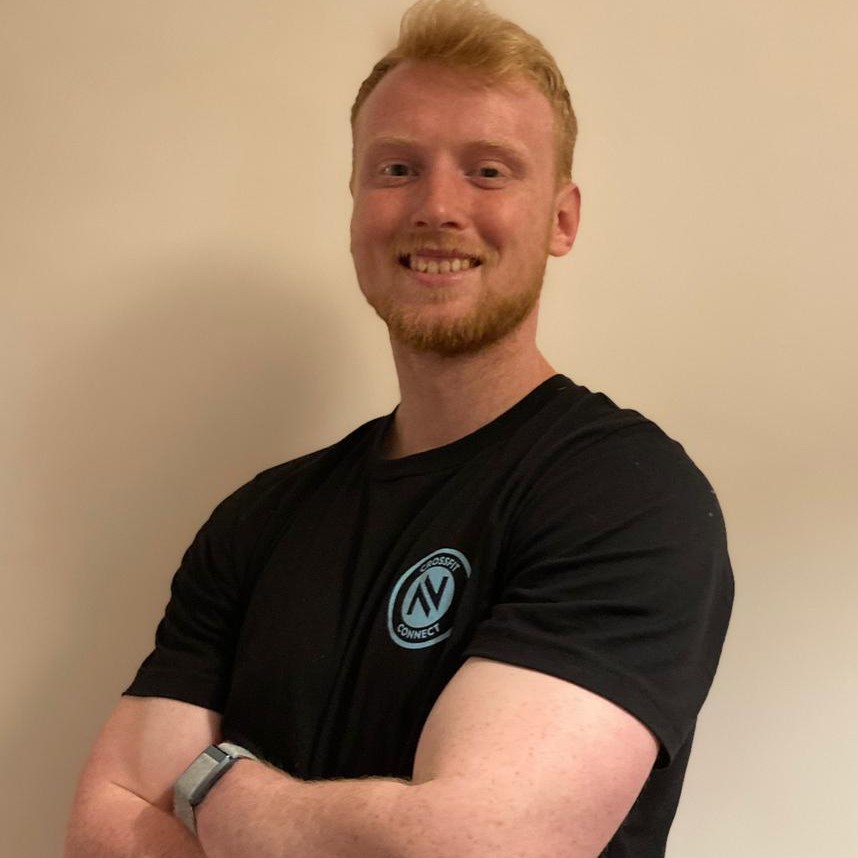
Harry covers news, reviews and features for Coach, Fit&Well and Live Science. With over a decade of training experience, he has tried everything from powerlifting to gymnastics, cardio to CrossFit, all in a bid to find fun ways of building a healthy, functional body.
- Lucy GornallContributor
